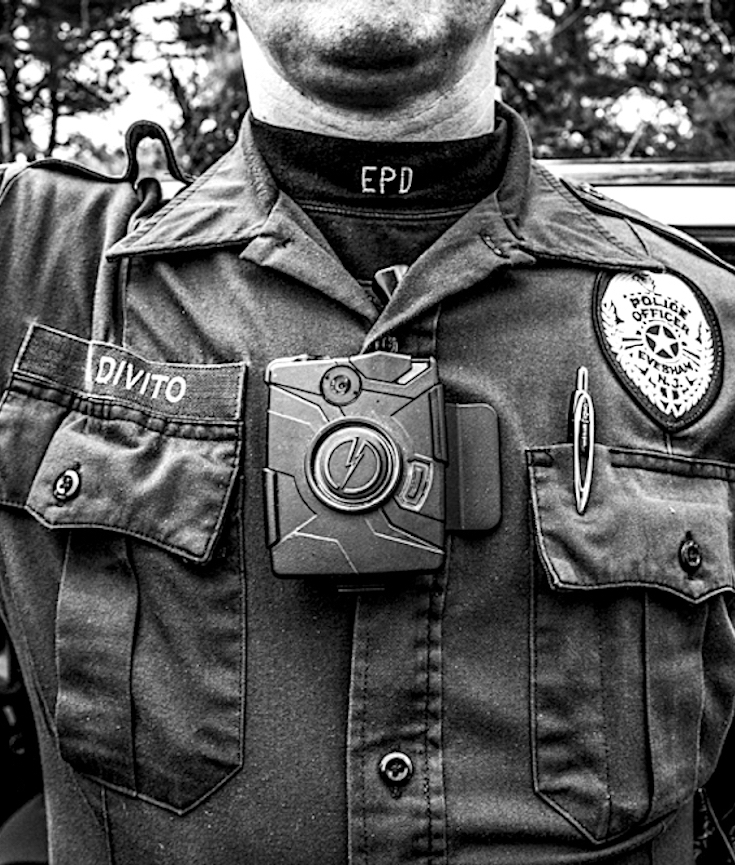Since the Ferguson protests in August 2014, lawmakers, watchdog groups, and even many police chiefs have embraced police body cameras as a tool of accountability. The Department of Justice has offered millions to local departments to purchase them. At first, this widespread enthusiasm seemed justified. A body camera on every cop would, in theory, record every controversial police encounter, and its very presence would deter misconduct.
[mc4wp_form id=”6042″]
But body cameras have not entirely lived up to that promise. Regulations about how, when, and whether to use them vary widely by jurisdiction. Many police departments have adopted the technology first, intending to figure out the details later. The absence of clear or uniform regulations has prompted concerns that body cameras are becoming surveillance tools of the police rather than an assurance of accountability to the public. In other words, when there are few limits on what can be recorded, it may be that everything and everyone will be.



The Ferguson unrest (also referred to just as Ferguson) involves protests and riots that began the day after the fatal shooting of Michael Brown by white police officer Darren Wilson on August 9, 2014, in Ferguson, Missouri. The unrest sparked a vigorous debate in the United States about the relationship between law enforcement officers and African Americans, the militarization of the police, and the Use of Force Doctrine in Missouri and nationwide. Continued activism expanded the issues to include modern-day debtors prisons, for-profit policing, and school segregation.
As the details of the original shooting event emerged, police established curfews and deployed riot squads to maintain order. Along with peaceful protests, there was looting and violent unrest in the vicinity of the original shooting. According to media reports, there was police militarization when dealing with protests in Ferguson. The unrest continued on November 24, 2014, after a grand jury did not indict Officer Wilson. It briefly continued again on the one-year anniversary of Brown’s shooting.
In response to the shooting and subsequent unrest, the U.S. Department of Justice (DOJ) conducted an investigation into the policing practices of the Ferguson Police Department (FPD). In March 2015, the DOJ announced that they had determined that the FPD had engaged in misconduct against the citizenry of Ferguson by among other things discriminating against African-Americans and applying racial stereotypes, in a “pattern or practice of unlawful conduct.” The DOJ also found that Ferguson depended on fines and other charges generated by police. However, a separate DOJ report focused on the shooting itself was supportive of Officer Wilson and his version of events. (Wikipedia).


You must be logged in to post a comment.